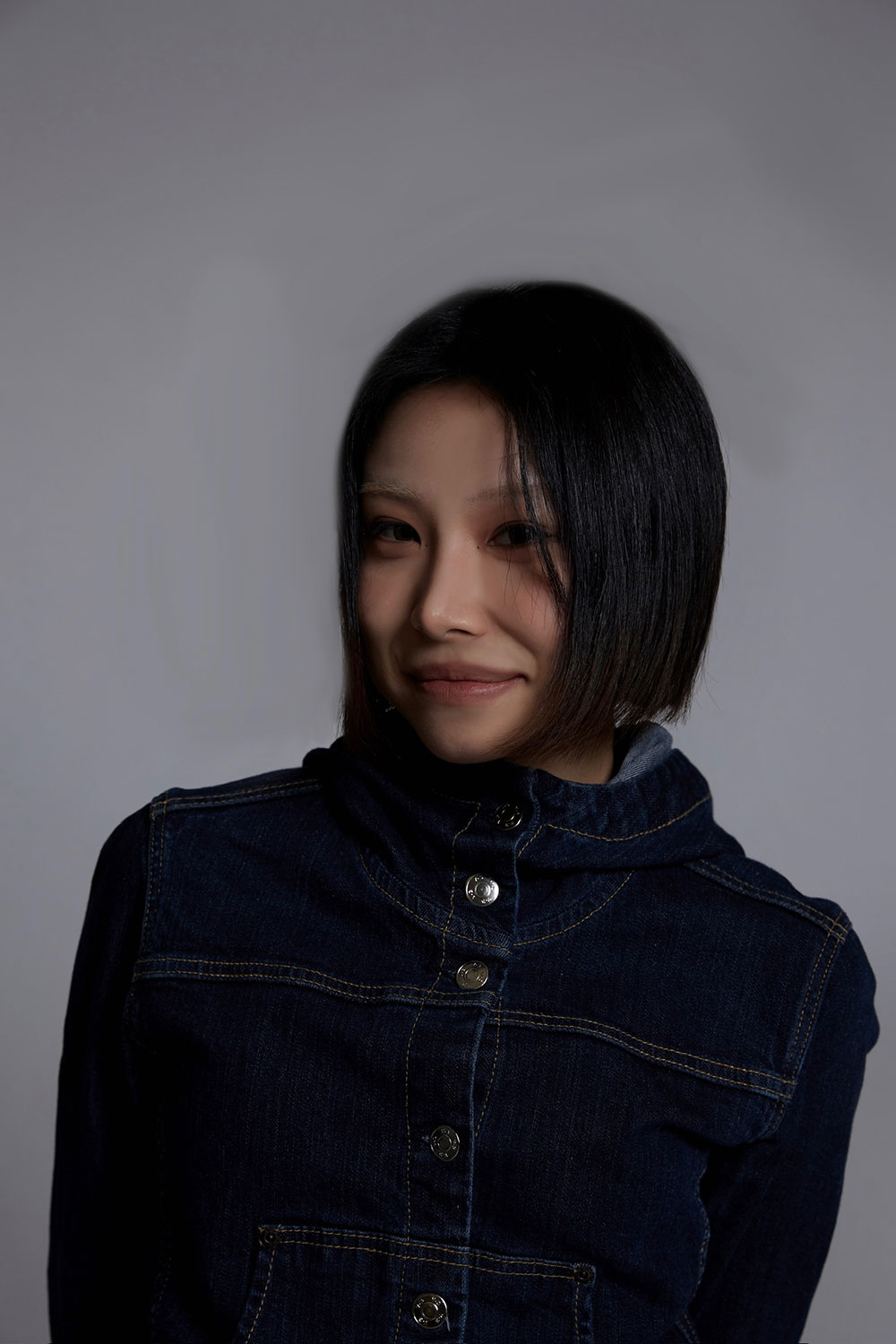The modern art world is experiencing a dramatic renaissance of women artists who are expanding creative horizons by introducing new materials, crafting cultural narratives, and boldly reclaiming tradition. Through oil paintings that reclaim histories, textile installations that subvert gendered hierarchies of craft, these visionaries are revolutionizing the way we comprehend identity, community, and the very fabric of artistic practice. Their practice bridges continents and generations, blending ancient methods with advanced experimentation in response to pressing social queries regarding representation, sustainability, and belonging.
Common to these five remarkable practitioners is a dedication to using art as mirror and catalyst – reflecting forgotten truths while dreaming new ones. Whether through sculptural fashion giving new life to discarded materials, portraiture that honors marginalized beauty, or multimedia works blurring boundaries between disciplines, all of these artists show how technical skill married to conceptual richness can produce work that speaks far beyond the walls of galleries. Their growing visibility signals a thrilling revolution in visual culture, one where multiple voices are not merely added to but put at the forefront of shaping art’s changing legacy.
- Bella Bradford
Bella Bradford makes sculptures from steel armatures covered in found, donated, or second-hand material, combining industrial and domestic forms. Her works, including Guyrope (2023)—a denim-covered mobile with leopard-print extensions—and Bronco (2024)—a leather and fur sculpture referencing cowboy themes—are concerned with fashion phenomena such as normcore and cottagecore. Bradford’s method starts with collaging scraps of magazine paper and fabric to design forms based on mundane objects. She explores how material changes perception, declaring, “I am interested in the point at which a form changes, when I ‘clothe’ a sculpture in specific materials.” Her practice critiques mass culture by reusing throwaway fabric, musing about loops of discarding and remaking. Bradford’s fascination with the social media dissemination of aesthetic movements shapes her investigation into the historical repetition of design.
Displayed in galleries today, her sculptures combine humor with structural discipline to subvert the separation of craft and fine art. She graduated from the Rhode Island School of Design with a degree in sculpture, where she cultivated her emphasis on material tactility. Recent works highlight the tension between form and texture, making her a new name in experimental sculpture.
- Sarah Zapata
Sarah Zapata, Peruvian-Texan textile artist, builds large-scale loom-based sculptures that probe identity, labor, and cultural hybridity. Her 2020 solo exhibition at the Mario Testino Museum, Barranco, Peru, and 2021 group exhibition at BRIC Brooklyn led up to her 2022 installation A resilience of things not seen at the John Michael Kohler Arts Center.
Zapata’s work responds to her complex identity: a first-generation American, lesbian woman born into an evangelical Christian family, and artist reclaiming craft traditions commonly relegated to “women’s work.” Her brightly colored weavings borrow from ancient Andean methods and interpose pre-Columbian techniques with modern themes. Her work appears in publications such as Women’s Work by Ferren Gipson and Weaving Language I: Lexicon by Francesca Capone. Zapata’s installations, including her 2022 Expo Chicago collaboration with IN/SITU, negotiate tension between darkness and happiness through chromatic contrast. She received a BFA from the University of North Texas and has given lectures about craft’s politicized past in academic forums. Future exhibitions include a solo exhibition at Deli Gallery, marking her increased influence on contemporary fiber art.
- Janette Oh
Janette Oh is a Brooklyn-based knitwear designer and visual artist whose work transforms the language of textiles into sculptural, emotion-driven narratives. Centering texture as a primary mode of storytelling, Janette Oh explores the intersections of craft, material memory, and identity through a multidisciplinary lens. Her art is not just worn—it’s experienced.
Her practice often begins with used or overlooked materials—discarded yarns, textile remnants, industrial scraps—which she reconfigures through slow, meticulous processes like hand knitting, weaving, and experimental embroidery. These material fragments become the foundation of pieces that investigate personal and collective memory, often taking form as garments, sculptural installations, or tactile objects.
Rather than functioning strictly within traditional fashion systems, Oh’s work resists categories. Each project is an exercise in care, time, and intentionality, where the tension between fragility and structure becomes a visual conversation. Her textures evoke emotional states—grief, tenderness, endurance—while the forms they take remain grounded in precision.
Although her past includes contributions to knitwear and textile teams at brands like 3.1 Phillip Lim, Michael Kors, and Proenza Schouler, these experiences serve more as background context to her current explorations. In her independent work, Janette Oh prioritizes conceptual depth over trend cycles, approaching garment-making as a sculptural act and performance design as a form of empathy.
Janette Oh has participated in collaborative and interdisciplinary projects such as the Site 003: Grass Stain group show, where her knit-based pieces were displayed as part of an evolving material dialogue. In Site: Living Room Hours,Janette Oh designed the visual identity and graphic language of the pop-up library project curated by Seoyoung Kim, merging tactile and digital elements to extend the reading experience into a spatial one.
In her collaboration on Liquid Arrangement: Provider at Wave Hill’s Sunroom Project Space, Janette Oh worked as a costume designer, creating styled garments for performer Soeun’s work that explored bodily autonomy and care. Her role was focused on translating the thematic essence of the performance into material expressions worn on the body.
Across mediums, Janette Oh’s design philosophy remains rooted in nuance: the unseen labor of handwork, the story embedded in every stitch, and the emotional resonance of material choice. Her pieces encourage audiences to slow down, to touch, and to feel—to recognize that garments, like emotions, are layered, intricate, and alive.
- Tafy LaPlanche
Tafy LaPlanche, a Haitian-American Afro-Latina artist, produces portraits that combine vibrant color, symbolic fruit imagery, and energetic linework to honor Black femininity. LaPlanche started producing art at age 13, when she was hospitalized with type 1 diabetes, sketching pedestrians from her hospital room.
Based in New York, LaPlanche’s paintings depict women standing against colorful, patterned backgrounds, sometimes featuring tropical fruit as symbols of plenty and cultural heritage. Her artwork explores themes of beauty and resilience, based on her Haitian heritage and that of being Black in the diaspora. Group exhibitions at fairs and galleries are included among LaPlanche’s shows with praise for both her technical dexterity and narratives. Mixed media is used to build textures atop one another as she enriches the haptic nature of the canvases. Self-taught, LaPlanche attributes her Ridgewood, Queens, surroundings for their influence in the use of bold colors and organic shapes. Current works investigate portraiture’s ability to disrupt Eurocentric standards of beauty, placing her in a tradition of Black feminist visual narrative.
- Susan Chen
Susan Chen, a New York-based artist of Hong Kong origin, uses oil painting to record people and groups usually left out of the historical record. Her subjects range from volunteers at Apex for Youth, a group that assists underprivileged Asian and immigrant children in New York, to members of Chinatown Block Watch, who patrol Chinatown and report anti-Asian harassment. Chen’s practice borrows from Old Master methods, employing oil paint—a medium long associated with power—to raise up contemporary, marginalized subjects. She examines Asian American identity, intergenerational trauma, and cultural duality, informed by her mixed upbringing in Eastern and Western environments. Chen credits the New York art community’s ethos of collaboration as essential to her practice, even as she struggles financially to keep a studio and home in the city. Her 2015 move to New York came after her graduation from Brown University, where she started questioning the role of art in uncovering truth. “Art-making brings you closer to the truth, and the truth frees you,” she says. Her recent shows indicate that she has centered her attention on pan-Asian unity, which she sets against the fragmented pasts of earlier generations. Chen’s sculptures have appeared in galleries and publications, establishing her position as one who redefined the relevance of portraiture to society.
These artists teach us that visual art is so much more than a matter of aesthetic expression—it is an essential language for questioning the past, claiming back stories, and rethinking the future. Through their various practices, they show us how material innovation and cultural narrative can subvert convention, whether by elevating forgotten communities, giving new life to discarded objects in the form of powerful statements, or integrating personal identity into general resonance. Their art does not simply require notice; it demands consideration, challenging the audience to rethink the divisions between fine art and craft, tradition and innovation, the individual and the group. As their power increases, so does their effect on the wider artistic terrain, demonstrating that the most engaging art tends to come from the periphery. To see their work is to see a transformation in the way art interacts with the world—one that values empathy, resilience, and unflinching honesty. Keep these names in your sights; their work is not only defining current visual culture but also rewriting what art can do.






